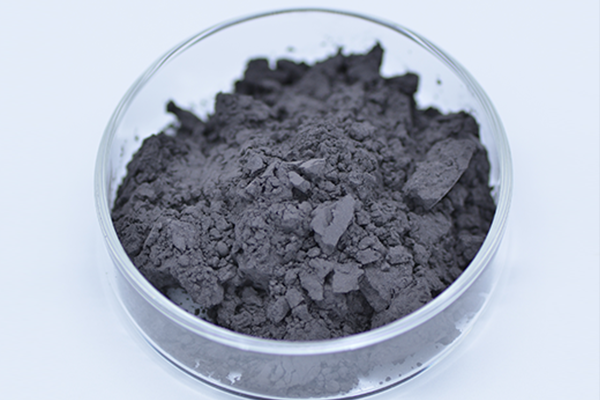 Hot words
Hot words
 +86 731-8972336
+86 731-8972336
 santech @santechchem.com
santech @santechchem.com
Raman spectra of tellurium dioxide single crystal
Apr-07-2020
Tellurium dioxide single crystal has excellent acousto-optical properties which melting point is 733.8℃. There are three kinds of structures: one is the red-gold tetragonal crystal, the other is the plate titanium tetragonal crystal, and the third is the rutile deformed tetragonal crystal. The third structure is the only crystal that can be grown artificially, in which oxygen ions form a hexagonal, distorted octahedron, while tellurium ions enter the octahedron void. Each single crystal cell contains four molecules of TeO2 and three edges of each octahedron. Raman spectrum is one of the important methods to study the structure of matter. As early as 1970, Pine et al. in the UK measured the polarizing Raman spectra of TeO2 at temperatures of 85 and 295K. Compared with some similar oxides such as rutilite and alpha-quartz, its Raman spectrum peaks are very strong and sharp.
 Crystal growth mechanism is a problem
that has been studied a lot in current crystal theory and paid much
attention to by scientists. Because crystal growth is finally carried
out on solid-liquid surface, the structure and behavior of solid-liquid
interface play a decisive role in the growth mechanism. We conducted a
study on the high-temperature Raman spectral characteristics of the
solid/liquid boundary layer structure of TeO2 crystal growth by melt
method, which will be helpful to better understand and study the
microstructure of the crystal growth boundary layer, and provide an
explanatory basis for the research on growth mechanism of functional
crystal materials.
Crystal growth mechanism is a problem
that has been studied a lot in current crystal theory and paid much
attention to by scientists. Because crystal growth is finally carried
out on solid-liquid surface, the structure and behavior of solid-liquid
interface play a decisive role in the growth mechanism. We conducted a
study on the high-temperature Raman spectral characteristics of the
solid/liquid boundary layer structure of TeO2 crystal growth by melt
method, which will be helpful to better understand and study the
microstructure of the crystal growth boundary layer, and provide an
explanatory basis for the research on growth mechanism of functional
crystal materials.
The figure below shows the Raman spectrum of solid state of TeO2 crystal at room temperature of plane 001 and plane 110 at room temperature, wherein main spectral peak of its spectrum line is basically consistent with that of TeO2 T=300K. Based on group theory analysis, the spectral peaks at room temperature can be identified. In the figure, two spectral lines are clear and the spectral peaks are sharp. The strong peak at 648cm-1 is characteristic peak of the tetragonal crystal system. The spectral peaks below 200cm-1 are caused by relative vibration between octahedrons of TeO2 cells and the long range ordered lattice vibration. Spectral peaks of 200-800cm-1 correspond to the contraction and flexural vibrations of Te-O. The vibration modes of 200-800cm-1 on plane 001 and 110 were identified analytically (as shown in table 1 and table 2), and the spectral peaks of 200-800cm-1 on plane 001 had three vibration modes: Symmetric Te-O contraction, anti - symmetric Te-O contraction, angular bending in plane, four vibrating membranes in total.





